In this paper, George Cusworth, Tara Garnett and Jamie Lorimer of the Oxford Livestock, Environment and People (LEAP) project explore six narratives about the role that legumes can play in the future European food system. They identify three issues that these narratives are responding to as well as three areas of consensus about the potential of legumes.
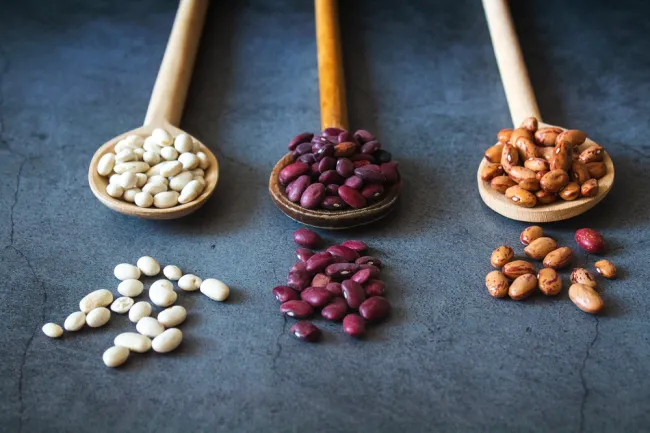
The paper notes that the area of farmland dedicated to legumes in Europe has declined since the 1960s, driven by better financial returns on cereal production, the availability of cheap imported animal feed, farm machinery being better suited to cereals than legumes, policies that reward higher-yield crops, and the availability of synthetic nitrogen inputs, reducing the need for nitrogen fixation by legumes.
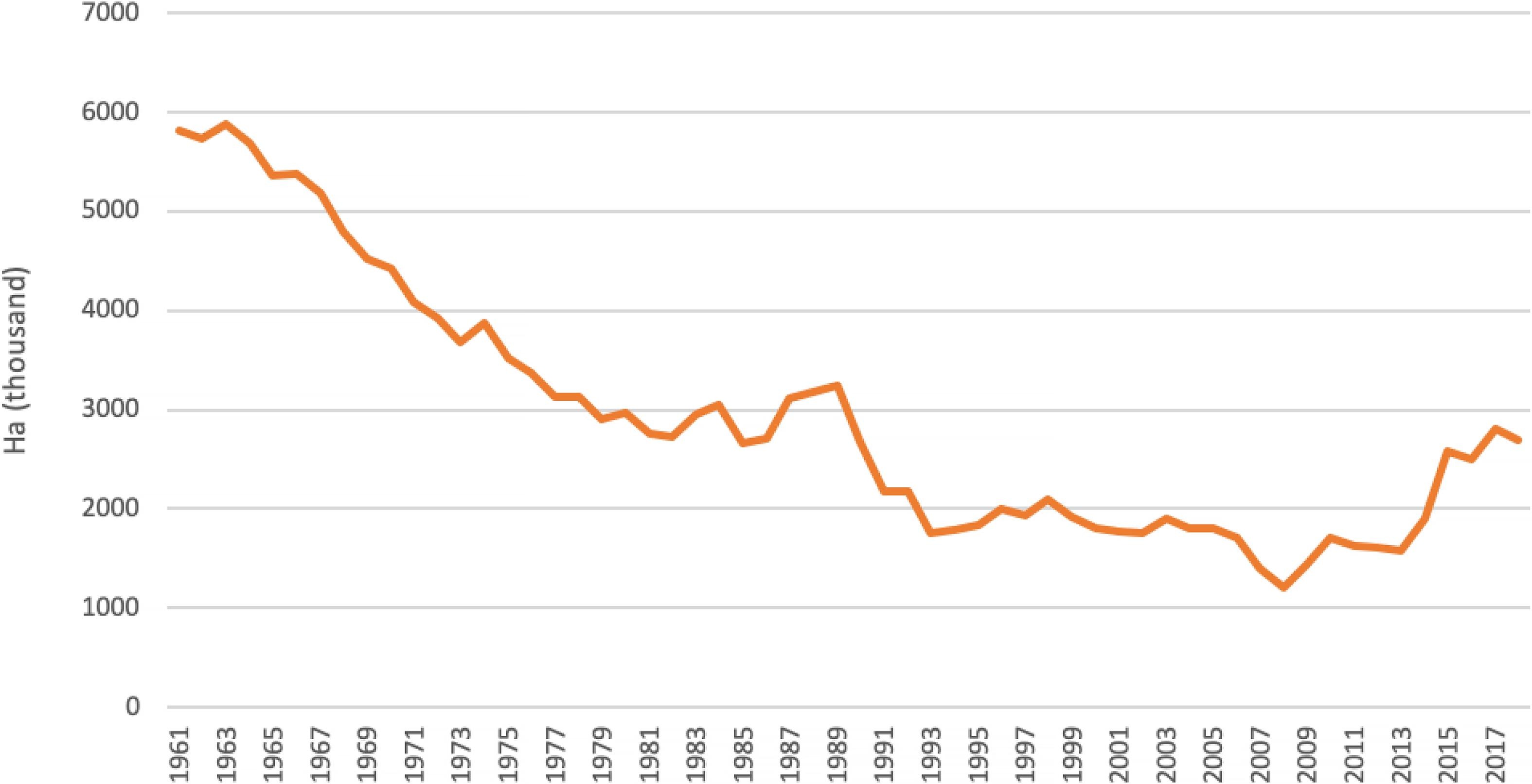
Image: Figure 1, Cusworth et al. European legume cropping area over time.
The six narratives about legumes identified by the paper are illustrated in the figure below.
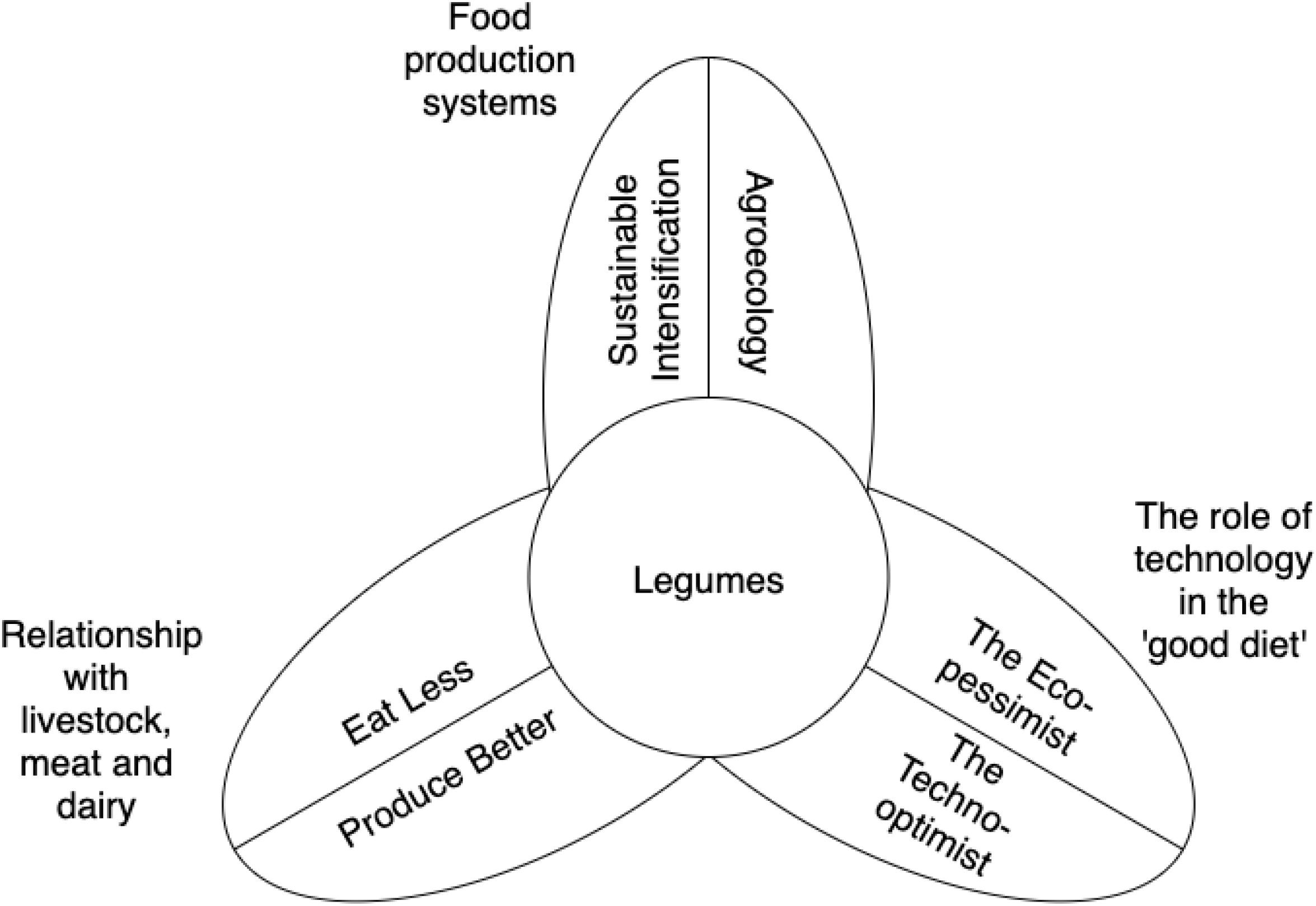
Image: Figure 3, Cusworth et al. A schema showing six promissory narratives of legumes mapped onto three areas of contestation.
The narratives are:
Responding to ideas about the future of meat and dairy:
- Produce better: reduce the impacts of livestock production through reducing reliance on imported feeds (such as soybean meal) that can be linked to deforestation. This narrative suggests it is desirable for Europe to become more self-sufficient in protein and feed. Presently, Europe produces only 30% of its animal feed and imports the rest, in contrast to the historical pattern of farms being largely self-sufficient in feed.
- Eat less: this narrative argues that people can directly eat legumes to reduce the amounts of meat and dairy in the diet. Legumes are often argued to be a healthy alternative because of their high protein content as well as their fibre and micronutrient levels.
Responding to the tension between “eco-pessimism” and “techno-optimism”:
- Eco-pessimism: this viewpoint argues that high-tech farming is a feature - and perhaps a cause - of a disconnection between modern society and nature. Legumes are here framed as “a wholesome, clean, environmentally friendly and humble product”, associated with sacrifices made for an eco-friendly lifestyle.
- Techno-optimism: this narrative advocates using technology to improve food production and make it more sustainable. The role of legumes here is as a cheap source of protein that can be processed into convincing and palatable plant-based substitutes for meat and dairy.
Responding to the need to make food production systems more sustainable:
- Sustainable intensification: although intensive legume production is limited in Europe, Canada offers an example of breeding programmes and high-tech farming operations that enabled legumes to be produced at scale and exported.
- Agroecology: advocates argue that legumes are a crucial part of organic or stock-free farming systems, through their use in crop rotations, intercropping and no-till systems.
The three areas of consensus the paper identifies are:
- Legumes’ ability to fix nitrogen can help reduce reliance on synthetic fertilisers.
- Legumes have desirable nutritional properties including high levels of overall protein and of the amino acid lysine (which is otherwise difficult to find in a plant-based diet).
- The long history of legumes in Europe for food, feed and fertilisation helps to make them socially acceptable.
Abstract
With the intensification of agriculture, the simplification of crop rotations, and the rise in demand for meat, dairy and cereal products, legume production and consumption are at an historic low in Europe. But as the environmental consequences of agriculture (biodiversity loss, high greenhouse gas emissions, water pollution) and the health outcomes of modern diets (heart disease, cancer, diabetes, obesity) become better known, so great and varied hopes are being expressed about the future role of legumes in the food system. This paper catalogues and scrutinises these hopes, mapping the promissory narratives now orbiting around legumes. It identifies six food futures, each of which is made possible through the greater use of legumes in various production, processing, marketing and consumption contexts. These promissory narratives are theorised as contrasting responses to three major areas of contestation in the food systems literature. Namely i) the sustainability of livestock management, ii) the role of technology in different visions of the ‘good diet’, and iii) the merits of different models for how to make agricultural management more sustainable. It identifies the promiscuity of legumes – in terms of the range of food futures they permit – before distilling three points of consensus amongst advocates of the potential of legumes. These points of consensus relate to their nitrogen fixing capacity, their high protein content, and their long-standing historical role in the context of European food and farming. This map of legume dreams serves to guide deliberations amongst researchers, policymakers and industry stakeholders about the futures of plant-based food in Europe.
Reference
Cusworth, G., Garnett, T. and Lorimer, J., 2021. Legume dreams: The contested futures of sustainable plant-based food systems in Europe. Global Environmental Change, 69, p.102321.
Read the full paper here. Co-authors Tara Garnett and Jamie Lorimer are part of TABLE’s team. See also the TABLE explainer What is a healthy sustainable eating pattern?

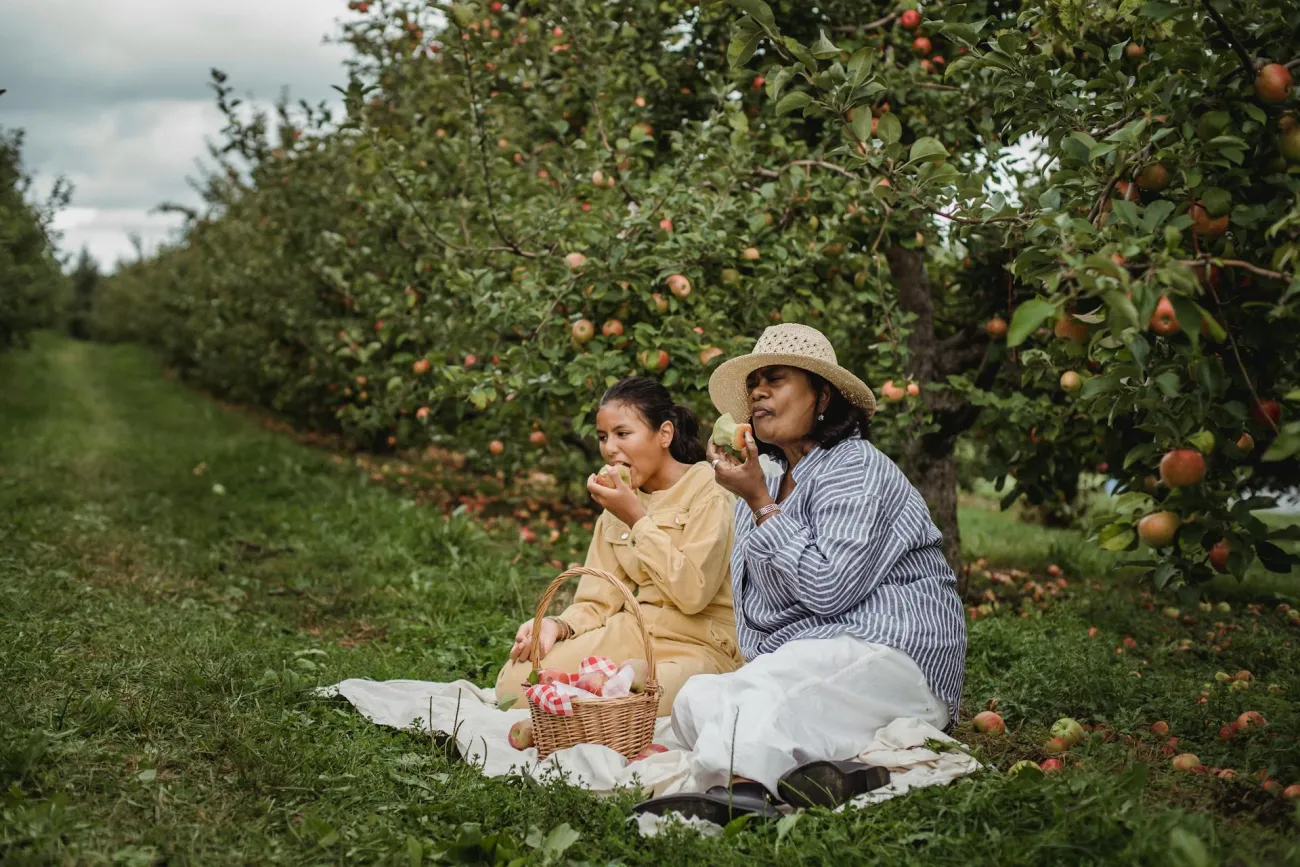
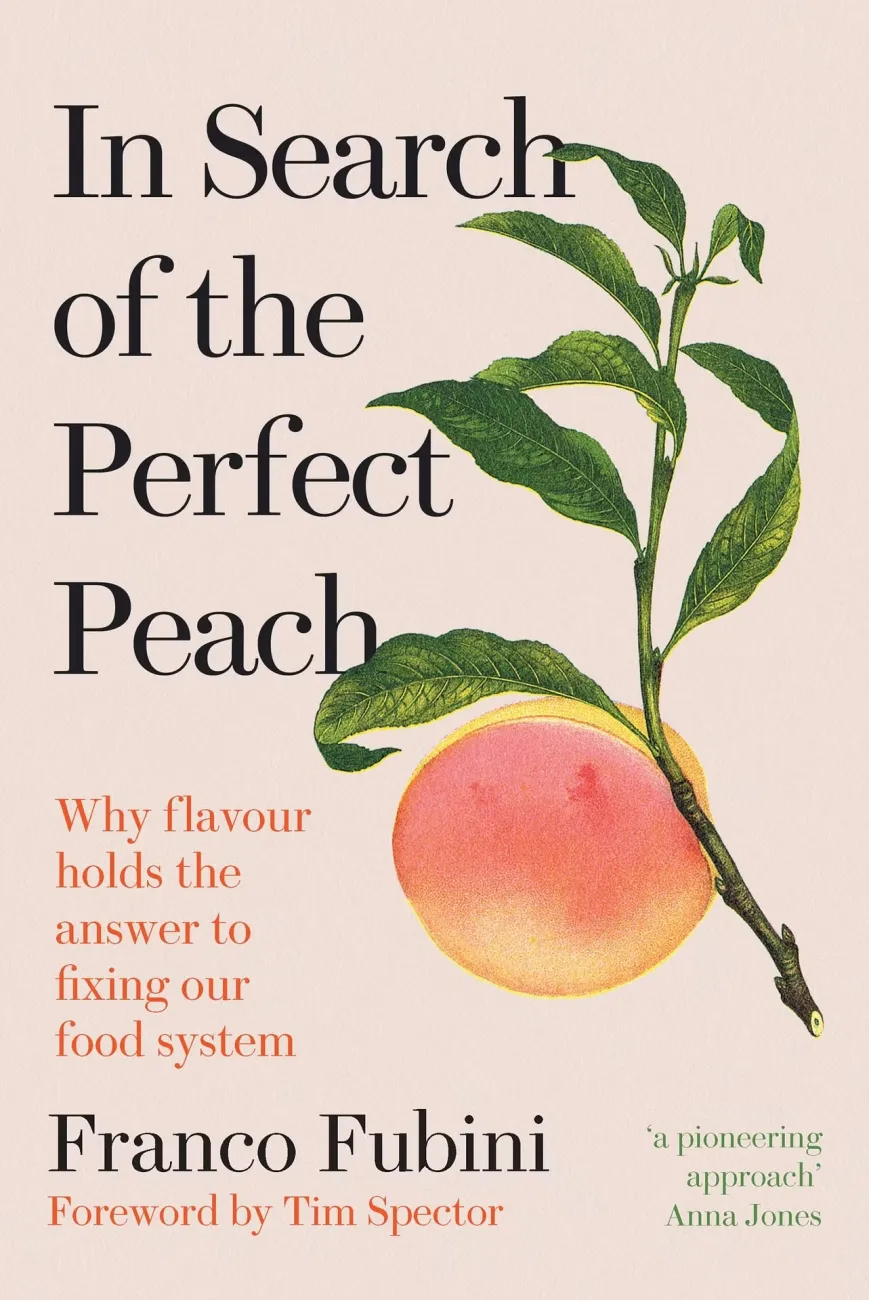
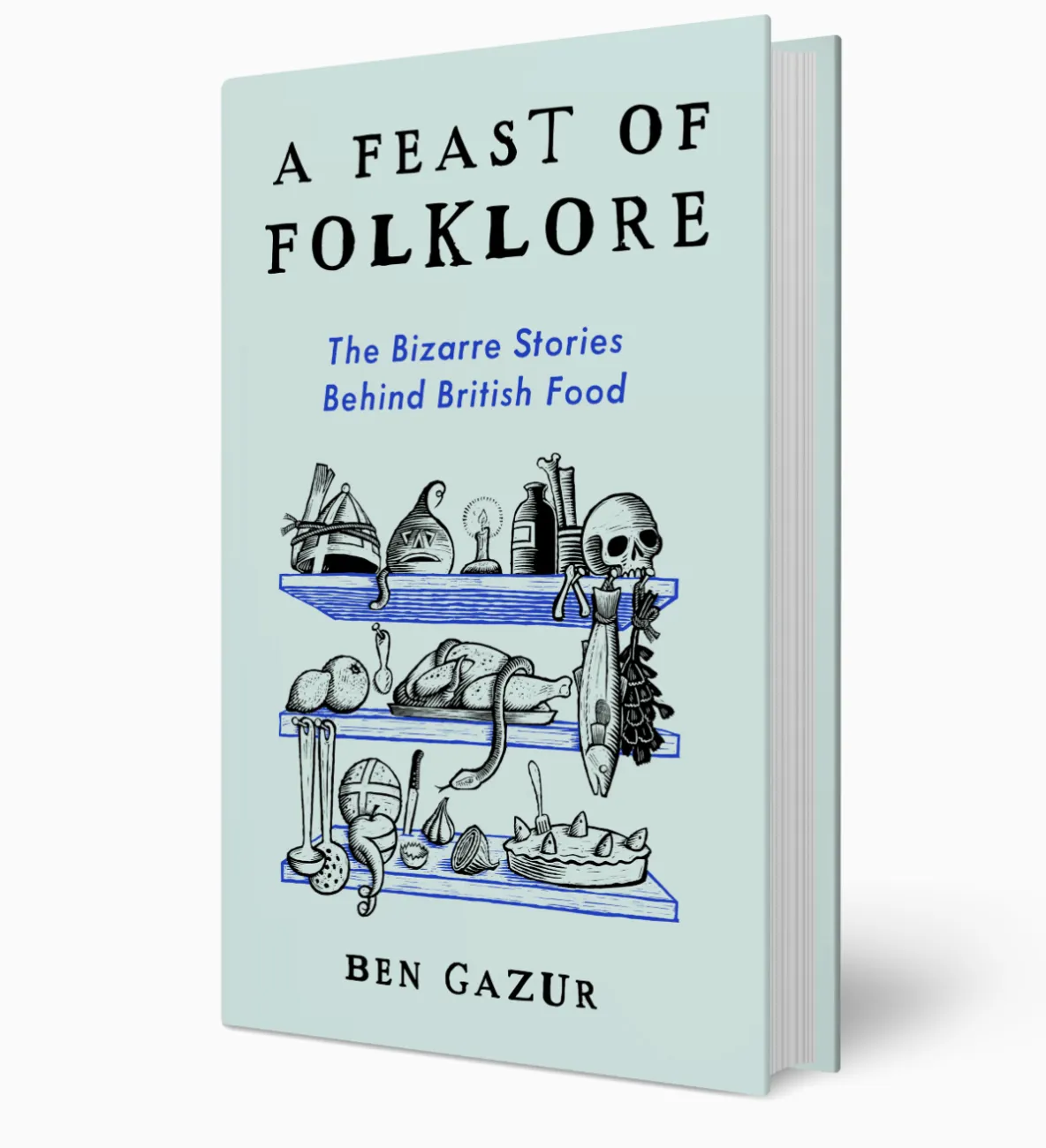
Comments (0)